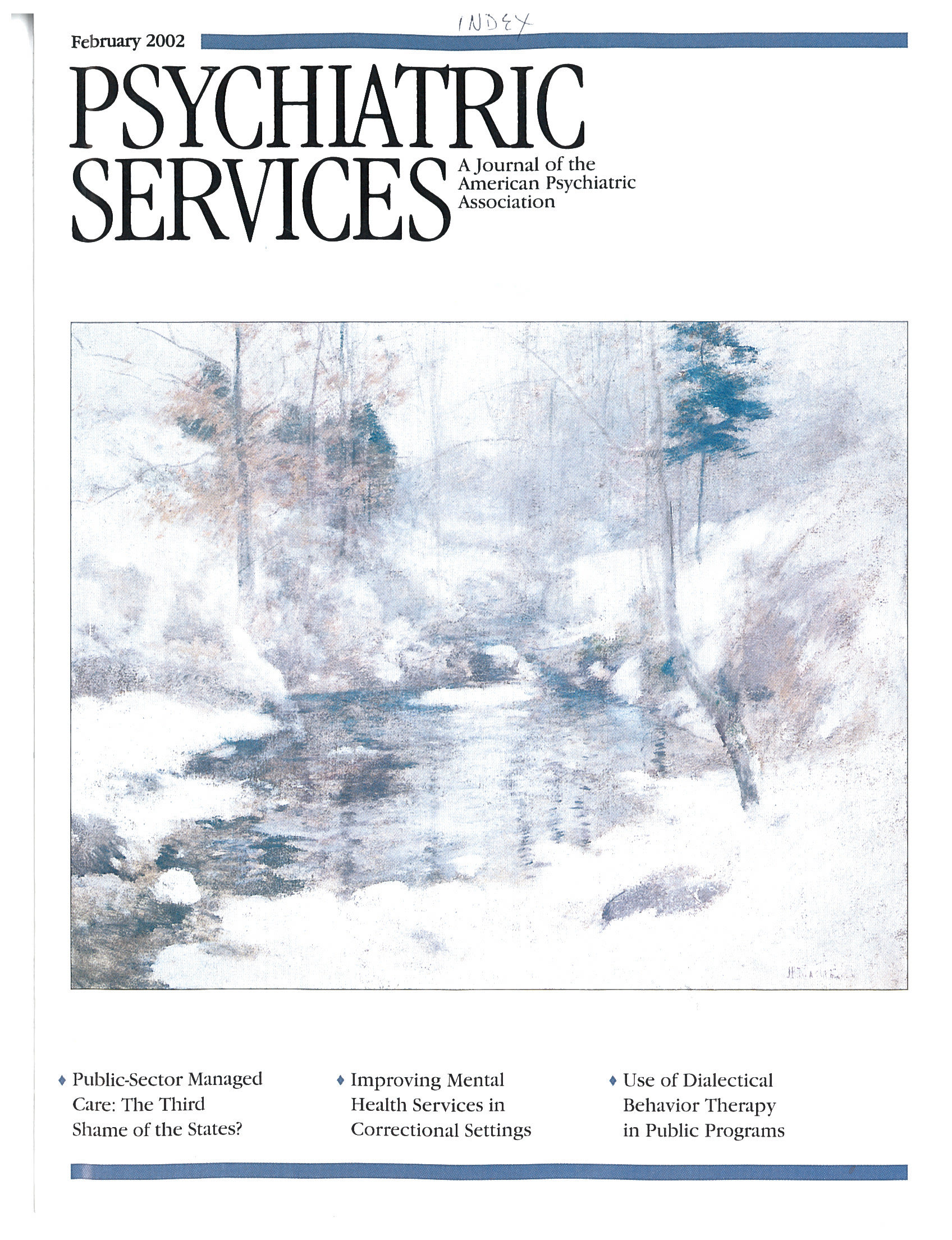Prescriptions of Medications to Youths
To the Editor: I read with great interest the article by Goodwin and colleagues in the August issue about the prescription of psychotropic medications to children and adolescents in office-based practice (1). The finding that clinicians were more likely to prescribe medications to Caucasian patients than to patients from other ethnic groups was of particular interest to me because of my involvement in another study that had somewhat different results (2). We found, as Goodwin and her colleagues did, that Caucasian children and adolescents received prescriptions for antidepressants more frequently than African-American youths. However, in contrast to their findings, we noted a trend toward higher rates of prescriptions for stimulants among African-American patients.
One possible explanation for the discrepancy between these findings may lie in the difficulty of assessing racial differences. Goodwin and colleagues divided participants into two categories—Caucasian and other—in their analyses of ethnicity. They may have adopted this classification system to enhance statistical power. However, the classification minimizes cultural factors, such as differences in symptom presentation, and it may obscure certain findings. For example, Hispanic patients may have been prescribed proportionally fewer stimulants than African Americans in the study by Goodwin and colleagues, which may have affected the findings. Future studies that examine differences between ethnic groups will help determine the degree to which racial disparities in the prescription of certain medications exist.
A second point that deserves mention involves the tendency of researchers to classify participants into clear-cut racial and ethnic groups. Such classification often does not create homogeneous categories. For example, blacks from Africa have different characteristics from those from the Caribbean. On the other hand, ignoring racial classification is to falsely assume that findings from Caucasian samples are generalizable to other ethnic groups (3). The use of nonoverlapping racial categories may erode the validity of this variable, and this potential problem should be acknowledged in discussions of results.
Mr. Storch is affiliated with the department of clinical psychology of Teachers College at Columbia University in New York City.
1. Goodwin R, Gould MS, Blanco C, et al: Prescription of psychotropic medications to youths in office-based practice. Psychiatric Services 52:1081-1087, 2001Link, Google Scholar
2. Storch DD, Storch EA: Racial disparity in medications prescribed. Journal of the American Academy of Child and Adolescent Psychiatry 37:1241-1242, 1998Crossref, Medline, Google Scholar
3. Lawson WB: Clinical issues in the pharmacotherapy of African-Americans. Psychopharmacology Bulletin 32:275-281, 1996Medline, Google Scholar



